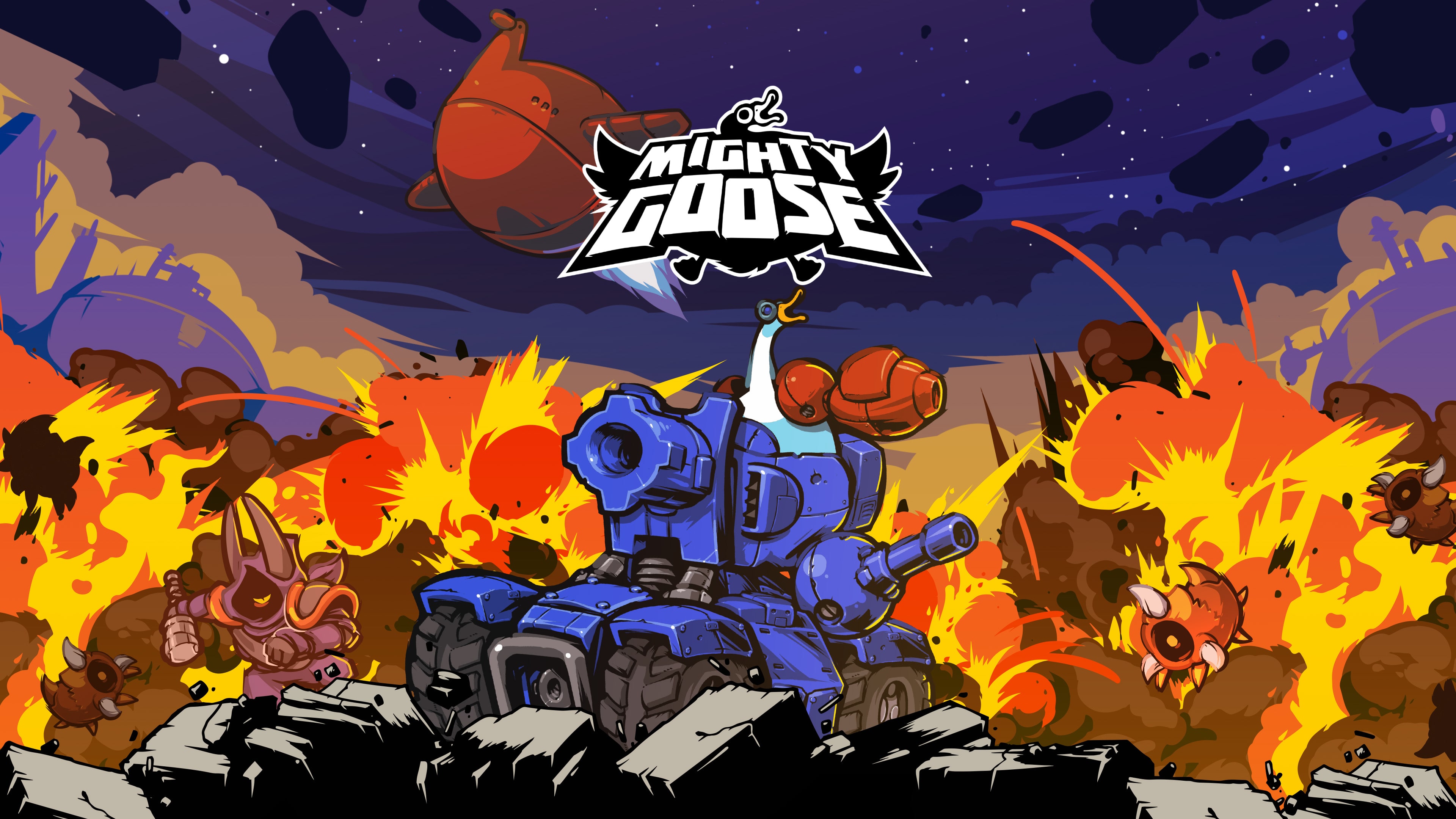


Inevitably, the names of some who helped me will have escaped my memory and to them I record my gratitude and apologies.


I am especially grateful to all those scientists, especially the botanists, who unstintingly shared their expert knowledge with me, in areas far beyond my own competence. Reeves, Jane Roberts, Jerome Rozen, Enrica Schettini Piazza, Jeffrey Schnapp, Sebastian Schütze, Andrew Scott, John Beldon Scott, Ursula Sdunnus, Ada Segre, William Stearn, Claudia Swan, Jo Taylor, Lucia Tongiorgi Tomasi, Andrea Ubriszy, Chris Vogel, and the late and very much missed Onno Wijnands. In addition to Simon Varey, who generously allowed me to read a copy of the two-volume collection of essays on Francisco Hernández he has been editing with Rafael Chabrán and others, I would especially like to record my gratitude to Enrico Baldini, Ugo Baldini, Noit Banai, Cecilia Bartoli, Gabriella Becchina, Mario Biagioli, Akeel Bilgrami, Howard Bloch, Horst Bredekamp, Jamie Brindley, Eric Brothers, Anna Maria Capecchi, Patrizia Cavazzini, Joseph Connors, Hubert Damisch, Charles Dempsey, Silvia De Renzi, Oliver Everett, Seth Fagen, Claire Flemming, Marc Fumaroli, Sven Gahlin, Bella Galil, Fabio Garbari, Robert and Pippa Gerard, Carlo Ginzburg, Anthony Grafton, David Helfand, Ingo Herklotz, David Jaffé, Deborah Kahn, Eileen Kinghan, Rosalind Krauss, Claudia Kryza-Gersch, Paola Lanzara, Evonne Levy, Ross MacPhee, Sarah McPhee, Polly Maguire, Paula Mikkelsen, Sara Morasch, Caterina Napoleone, Anna Nicolò, Therese O’Malley, Mireille Pastoureau, David Pegler, Eileen ix But very many other colleagues and friends helped me over the fifteenyear period in which this book was being prepared and written. Of all those who helped with the research for this book, four must be singled out here: Irina Oryshkevich, my research assistant of many years standing, who could probably have written this book better than I Henrietta Ryan, who worked with me from the very beginning on the drawings at Windsor Castle, and who willingly supplied me with every new form of information that emerged about them Alberta Campitelli, who assisted me with a thousand requests on the Roman front and Francesco Solinas, with whom I embarked on this extraordinary journey through the histories of science and art. Above all I must thank Henry Millon, then director of CASVA, for his support at every stage. I am grateful to all those at the Center and at the Gallery who patiently put up with my endless requests for scholarly and administrative help. Mellon Professor at the Center for Advanced Study in the Visual Arts at the National Gallery of Art, Washington, D.C., in 1996–98. The bulk of this book was written while I had the privilege of being Andrew W. PICTURES AND ORDER The Failure of Pictures 349 The Order of Nature 367 The Fate of Pictures: Appearance, Truth, and Ambiguity NotesĪbbreviations Bibliography Headings Index N AT U R A L H I S TO RY The Chastity of Bees 151 The Microscope and the Vernacular 179 Plants and Reproduction 195 The Mexican Treasury: Taxonomy and Illustration The Doctor’s Dilemmas: Description, Dissection, and the Problem of Illustration 275 Fossils 305 PA RT I 1 2 PA RT I I 3 4 5 PA RT I I I 6 7 8 9 10 11 PA RT I V 12 13 14ī AC KG R O U N D The Paper Museum Lynxes 65Ī S T RO N O M Y The New Star 81 The Telescope: Imperfection in the Heavens The Conflict of Truths 117 Includes bibliographical references and index. The eye of the lynx: Galileo, his friends, and the beginnings of modern natural history/ David Freedberg. Library of Congress Cataloging-in-Publication Data Freedberg, David. All figures credited to the Royal Collection, Windsor, are ©2000, Her Majesty Queen Elizabeth II. Published 2002 Printed in Italy Published with the assistance of the Getty Grant Program. The University of Chicago Press, Chicago 60637 The University of Chicago Press, Ltd., London © 2002 by David Freedberg All rights reserved. The Eye of the Lynx GALILEO, HIS FRIENDS, AND THE BEGINNINGS OF MODERN N AT U R A L HISTORY


 0 kommentar(er)
0 kommentar(er)
